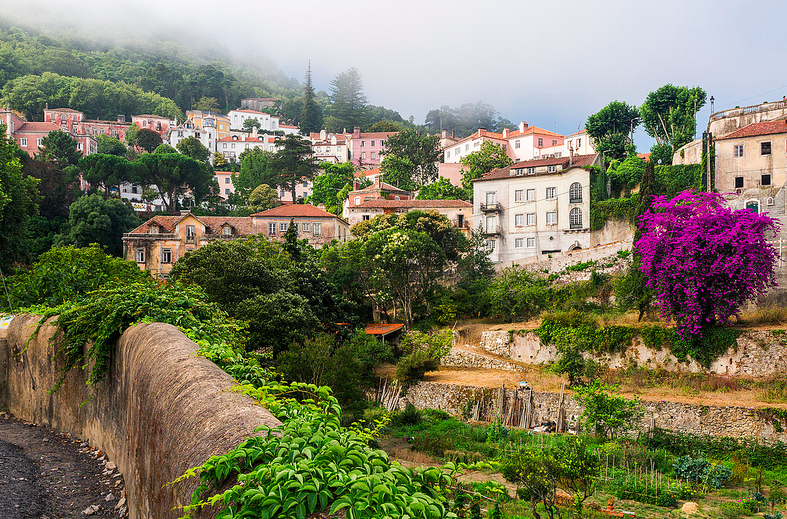
WEIGHT: 64 kg
Bust: 3
One HOUR:120$
NIGHT: +40$
Sex services: 'A' Levels, Lesbi-show hard, Rimming (receiving), Golden shower (out), Games
This area was a vast territory that King Afonso Henriques donated to the Religious Orders after the conquest of Lisbon. Here several convents were set up on vegetable gardens, orchards, olive groves and cereals farms that supplied Lisbon.
Over the years, the riverside extension still had the power to attract the nobility that settled here, on summer farms. Later on, in , with the extinction of religious orders , the convents were gradually abandoned and quickly the industrial installation was extended to this area. The reading of our article on West Lisbon gives a brief picture of the industrial environment of the western area of Lisbon.

At the beginning of the 20th century, the factory environment attracted workers and moved the nobles away. Factories and warehouses were a constant along the riverside. Raw materials and finished products were transported between banks on faluas and varinos traditional boats , popular in the last century and iconic in the Tagus River.
With the construction of the landfill and the expansion of the Port of Lisbon, the riverside area was transformed. The river became now further away, and the container parks that emerged in the meantime, separated the population from the Tagus River. During the s and s, Lisbon turned its back to the river and expanded to the North. But the project of the Lisbon World Exposition 98, under the motto of the Oceans, rescued the old and intimate relationship between the alfacinhas a term to denote a person from Lisbon and the river.

The entire degraded area was rehabilitated and transformed, to give place to the big event, where the encounter between nations was unforgettable. In a subsequent phase, the whole space was adapted to a residential and leisure area, surprisingly pleasant.


































